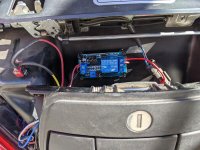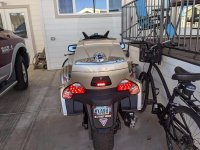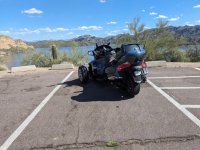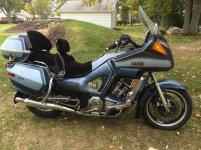bullet33912
New member
I have always downshifted on my other bikes. The thing I have noticed on my F3 Limited is it takes about 2 seconds after the downshift for the bike to actually start to decel. To me, it actually feels like the bike accelerates a bit on downshift. I have started leading my downshift point a bit to compensate. I only have a few hundred miles on the F3 Limited, but it is a bit of a different ball game on the downshift to me (and I may be wrong but it's how it feels to me).
Last edited:




